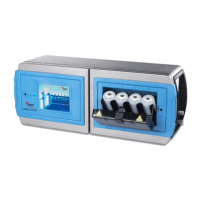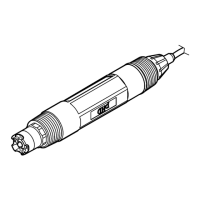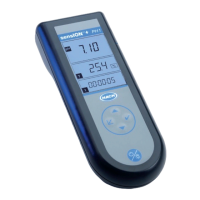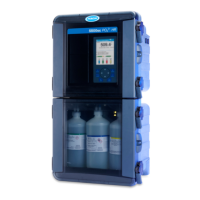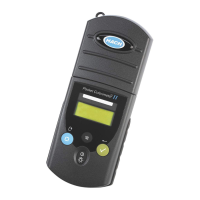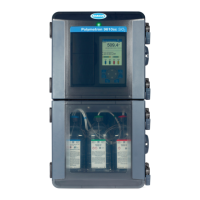Table 13 Digital output – default states
Alarm type Description
TOC alarm High state—The TOC level is below the selected upper limit.
Low state—The TOC level is above the selected upper limit.
When enabled, any online TOC reading that is more than the alarm upper limit triggers a
TOC alarm.
Conductivity alarm High state—The conductivity level is below the conductivity limit.
Low state—The conductivity level is above the conductivity limit.
The actual (uncompensated) conductivity limits are in accordance with the specifications
set forth in the method “<645> Water Conductivity” of the USP 25–NF 20 (January
2002). Refer to Conductivity alarm limit on page 32.
For proper operation of the conductivity alarm, uncompensated conductivity must be
selected under the Display tab in the System settings.
Error state High state—No error conditions are present.
Low state—An error condition is present.
Valve state (TOC
analysis start)
High state—The inlet sample valve is open.
Low state—The inlet sample valve is closed.
Conductivity alarm limit
The actual sample water temperature is rounded down to the nearest 5 degrees to set the
conductivity limit. This makes sure that any potential excursions are identified early. For example, if
the measured water temperature is 24.5 °C, the 20 °C limit is applied and an alarm is triggered if the
conductivity is more than 1.1
μS/cm U.
To make sure of an agreement between all data outputs, the TOC, conductivity and temperature
values are all rounded to have the same accuracy as the analyzer for alarm limit checking, display,
printouts and any digital outputs.
Table 14 Conductivity alarm limit
Temperature (°C) Uncompensated conductivity
(µS/cm)
Temperature (°C) Uncompensated conductivity
(µS/cm)
0 0.6 55 2.1
5 0.8 60 2.2
10 0.9 65 2.4
15 1.0 70 2.5
20 1.1 75 2.7
25 1.3 80 2.7
30 1.4 85 2.7
35 1.5 90 2.7
40 1.7 95 2.9
45 1.8 100 3.1
50 1.9
32 English
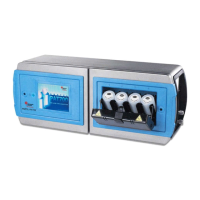
